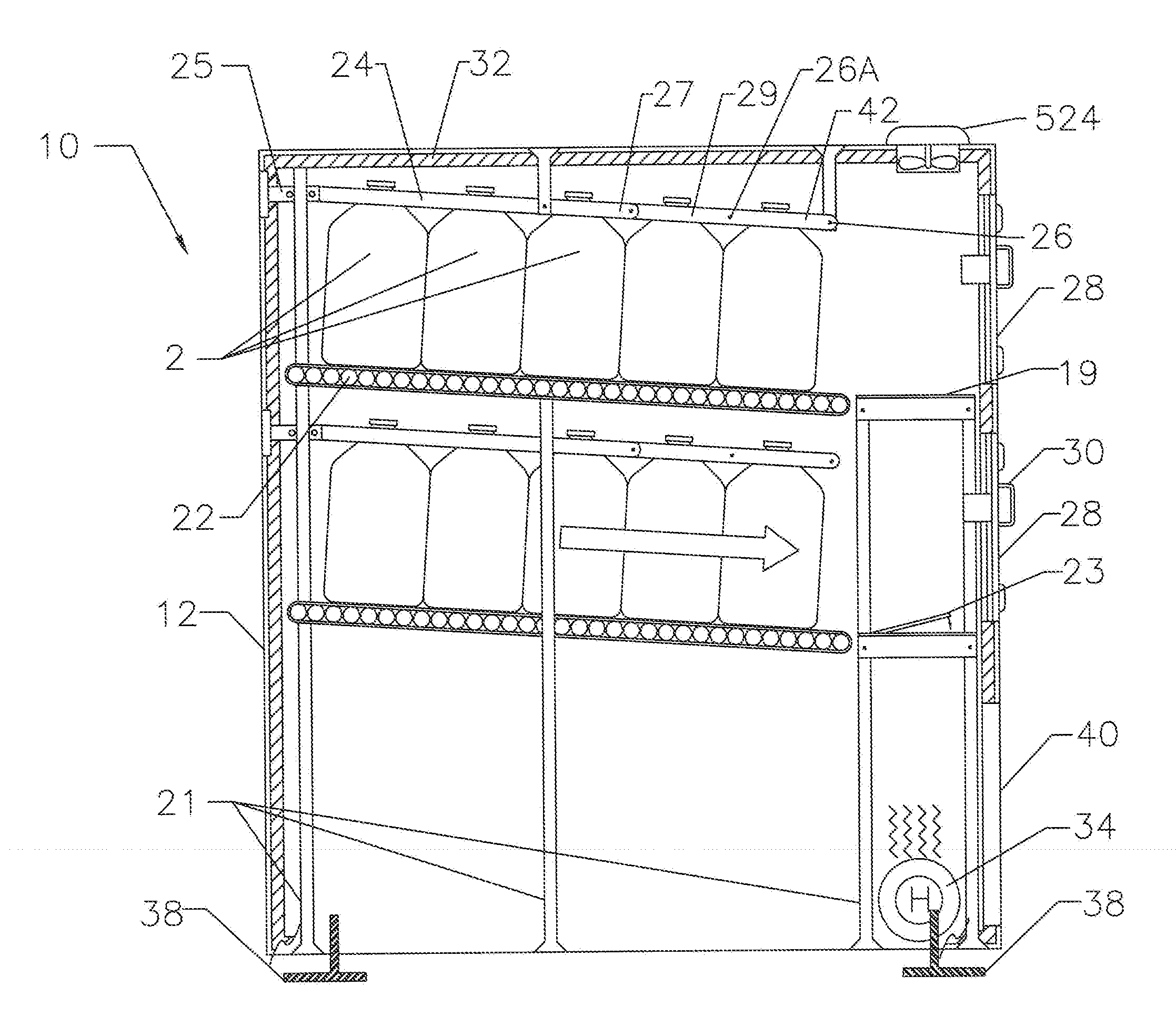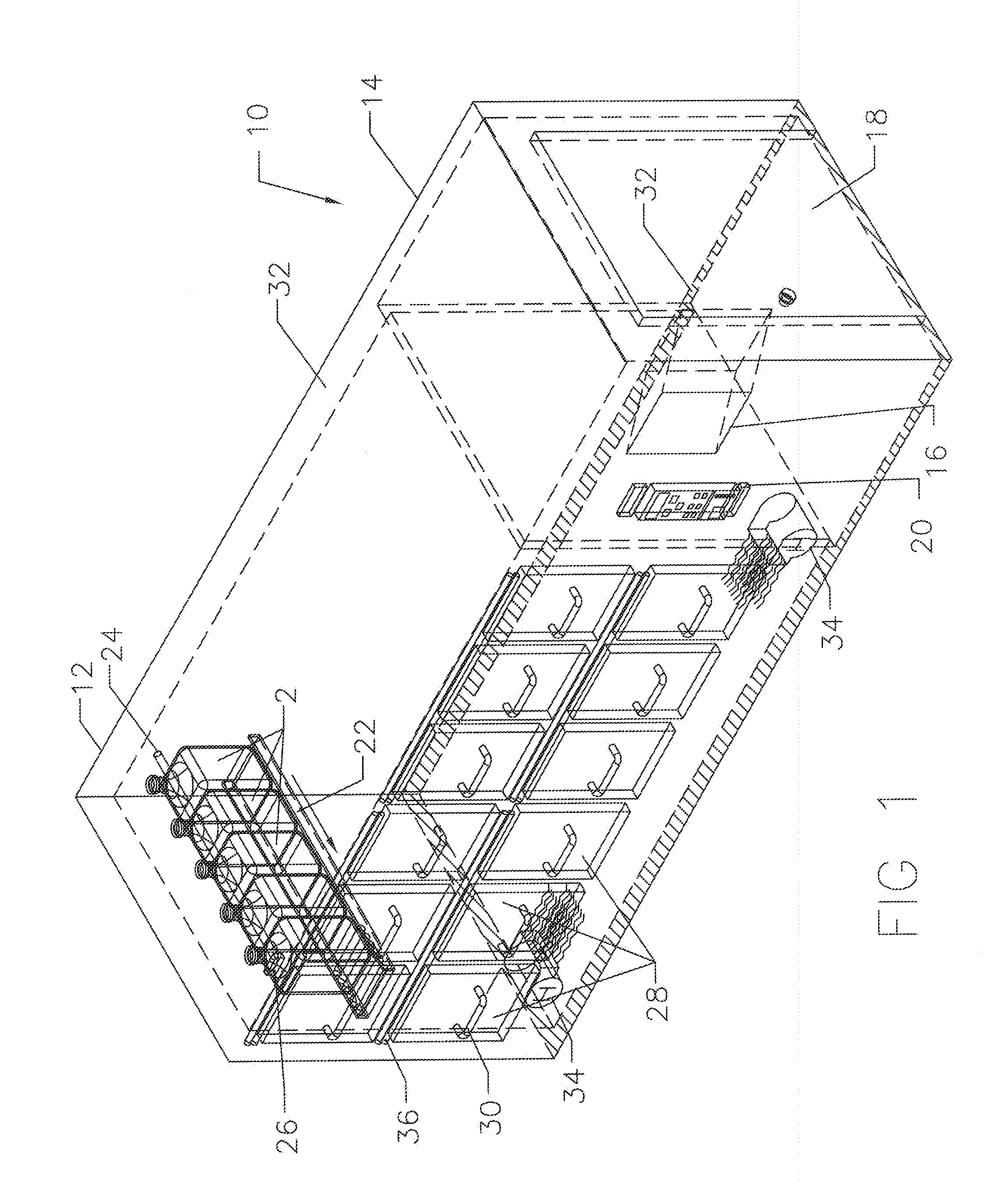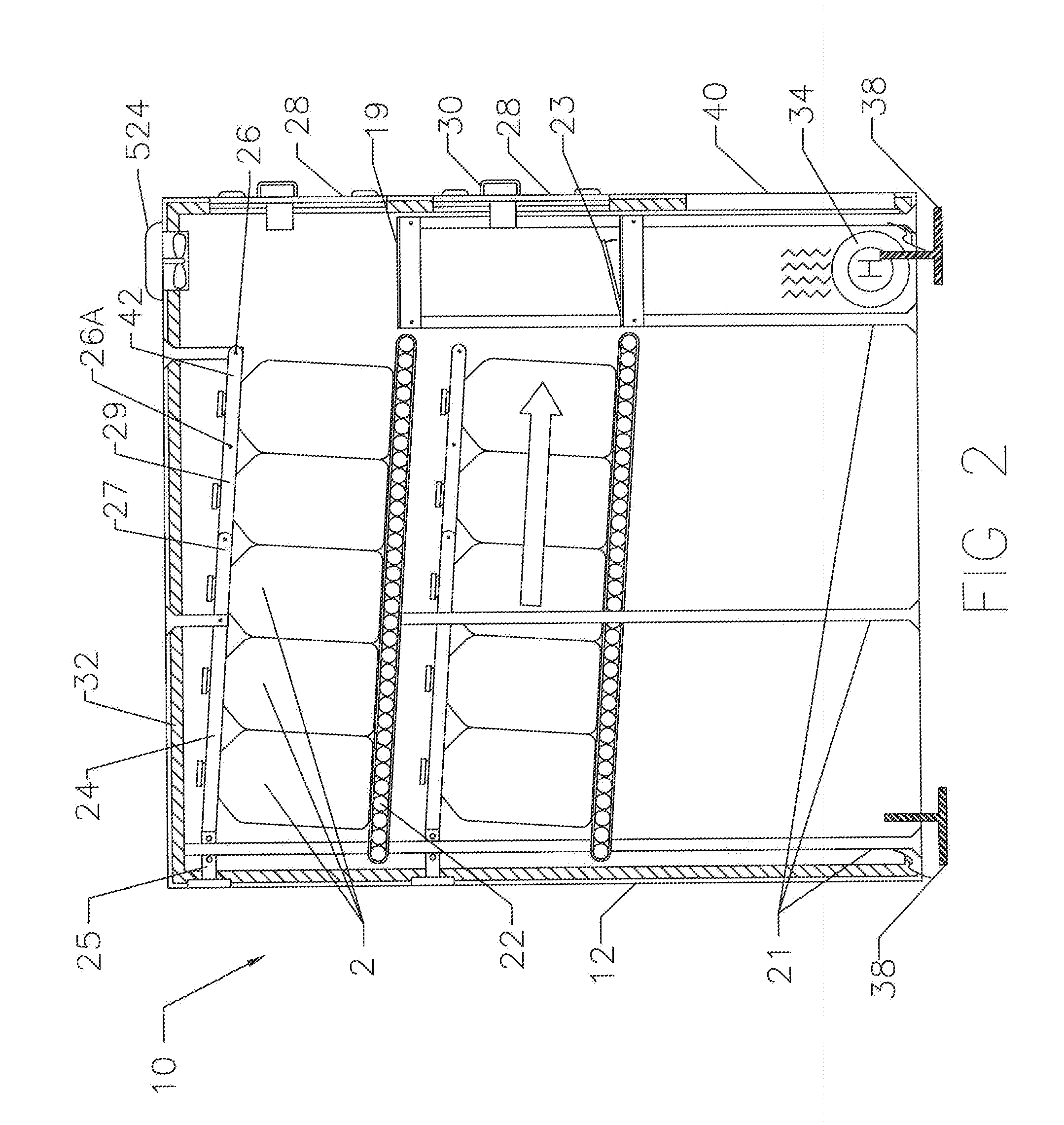For companies involved in the home and office
water delivery business, competition with respect to price, service, contract terms, availability of product, consistency of product, permitting in and out of state, delivery expenses including the acquisition of, or lease of, government approved trucks, fuel costs, tolls, taxes, maintenance and repair, labor and labor related benefits all add considerably to the cost of the delivered water.
Additional costs such as a sales force, bookkeeping department,
plant inventory, delivered inventory,
truck-loaded inventory and FIFO handling of product inventory, further add to the cost.
Regional weather and security-related issues can affect deliveries to homes, offices and
apartment buildings.
An additional problem is the use of rented water coolers.
A yet further set of issues with respect to the home / office delivery business concerns state permitting practices and procedures.
Distribution of particular brands of water for home / office delivery may be further restricted by geographical considerations, such as distance from a bottling facility.
The end result is the delivery of bottles and coolers along with all the related costs creates a fractionalized cost model that requires high volume to achieve low margins.
Similar problems surface with the distribution of 3 and 5 gallon bottles through supermarket and wholesale club stores.
Problems such as billing and collection, however, still remain, even though on a centralized, consolidated manner wherein the bottler invoices the supermarket and wholesale stores rather than
invoice individual home and / or office customers.
One of the drawbacks of this model is retailer control over hours of operation and location that limits customer access to water bottles.
As an added difficulty / inconvenience, the customer must carry /
handle the product to a certain extent in order to get the 3 or 5 gallon
bottle to their vehicle from inside the store.
Such purchases are often performed simultaneously with shopping for other items inside the store, (depending upon whether it's a grocer or retailer—this can be a significant limitation), that only adds to the inconvenience.
This can have the unfortunate effect of limiting sales brought about by the inconvenience inherent when large water bottles are purchased.
This model of distribution thus has significant temporal and convenience limitations as it relies entirely on the individual store hours and on the location(s) of the stores.
A further inconvenience and limitation is based upon the location(s) inside stores where bottles are returned and where bottles are purchased and retrieved.
If left exposed to the elements—even in sealed containers—water can freeze and / or overheat.
Not only does this model create extra effort and handling for the customer, just as importantly, it places a constant burden on the retailer as it can involve the ongoing and tedious tasks of price-labeling, of handling the piles of empties and of planning the use of valuable floor / shelf space in designated “water aisles” such as those found in a supermarket or a Wal-Mart store.
The same burden is experienced when the bottles are placed on separate shelving or pallets in retail stores such as Home Depot, or Lowe's, or in food clubs such as B.J.'s Wholesale Club, Sam's Club, Costco, etc.
These problems are exacerbated by the fact that these self-serve products weigh about 44.5 lbs. per five gallon bottle and about 25.5 lbs. per 3 gallon bottle.
This is not the most customer friendly or convenient delivery model and again can stifle sales because many, if not most, shoppers at supermarkets are consumers doing their weekly shopping.
Although there are hundreds of various models and types of vending machines, almost all of those machines and kiosks sell “packaged / bottled” water or soft drinks and are “small pack” sizes, less than 3 gallon, and do not address the problems associated with selling larger 3 and 5 gallon size bottles.
 Login to View More
Login to View More  Login to View More
Login to View More 


